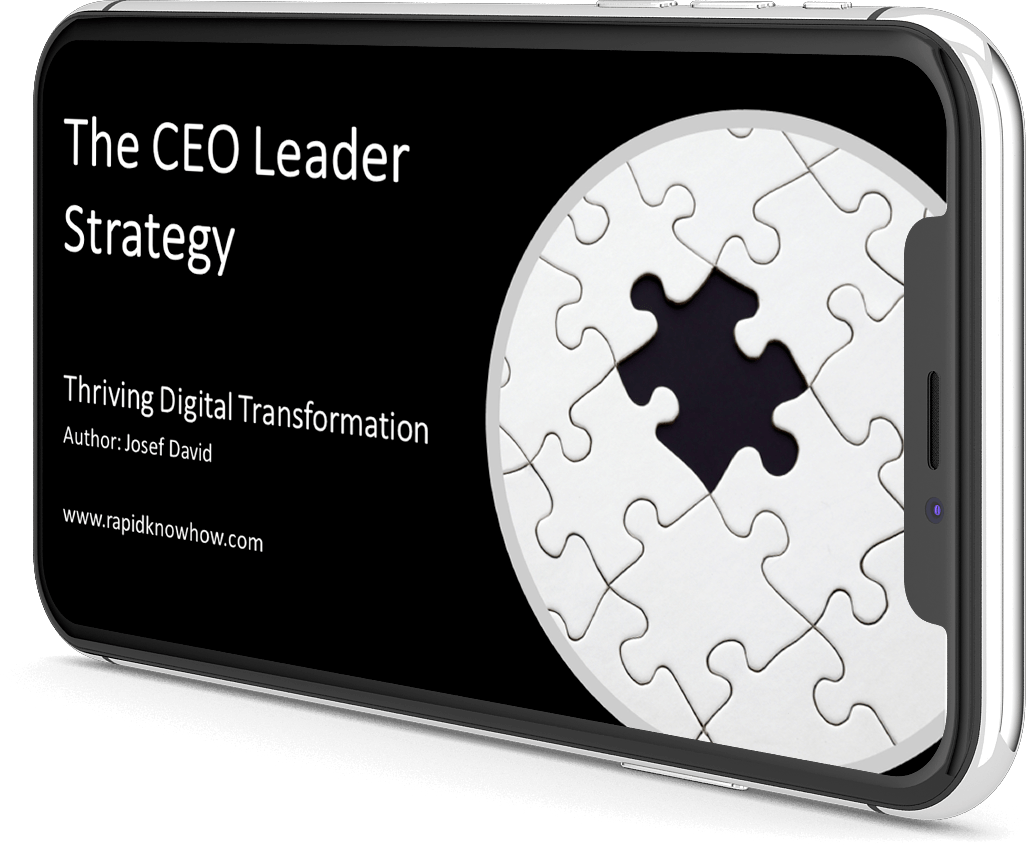🌍 Executive Summary
Between 2025 and 2030, nations, organizations, and citizens will fall into three strategic categories: Leaders, Followers, and Laggards.
- Leaders: Shape the future by leveraging AI for augmentation, driving preventive health, circular economies, and participatory democracy. They build asset-light, resilient, citizen-centered systems that compound trust, innovation, and sustainable growth.
- Followers: React to change rather than shaping it. They adopt reforms selectively, balancing short-term stability with incremental progress. Their societies remain two-speed, innovative in some sectors but stagnant in others.
- Laggards: Resist transformation, relying on centralization, surveillance, and subsidies. They appear stable in the short term but lack legitimacy and adaptability. Their controlled societies will face erosion of innovation, trust, and resilience by 2030.
Assessment:
- Small, agile democracies and innovative regions are positioned to lead.
- Larger, slower systems will remain followers.
- Authoritarian and captured democracies risk lagging behind, losing relevance in the new socio-economic order.
🌍 Leader – Follower – Laggard Pathways 2025–2030 – Leader > Follower > Laggards
🟢 1. Leader (Shaper of the Future)
Objective: Build a sustainable, democratic, asset-light society by 2030.
Strategy:
- Leverage AI for augmentation, not control
- Scale preventive health, lifelong learning, and circular economy
- Foster participatory democracy & digital sovereignty
Actions:
- Implement AI-powered citizen platforms for transparency & engagement
- Build regional alliances & ecosystems (energy, food, education)
- Create entrepreneurship programs: asset-light, digital-first, globally scalable
Outcome: Resilient, innovative, and trusted society → “Unplugged Society 2030”
🟠 2. Follower (Reactive Adaptor)
Objective: Avoid collapse, maintain stability through partial reforms.
Strategy:
- Copy best practices from leaders
- Balance short-term economic growth with modest sustainability
- Apply AI mostly in business efficiency, less in governance
Actions:
- Adopt circular economy pilots, but not mainstream
- Use preventive health and lifelong learning programs selectively
- Moderate political reforms to avoid social unrest
Outcome: Medium resilience, moderate innovation → “Two-speed Society”
🔴 3. Laggard (Resistant, Controlled)
Objective: Preserve power & control, resist change.
Strategy:
- Use AI for surveillance & propaganda
- Protect incumbent industries (fossil, pharma, finance)
- Suppress civic movements and transparency efforts
Actions:
- Centralize decision-making
- Short-term economic fixes: subsidies, debt, cheap labor
- Silence dissent through digital censorship
Outcome: Fragile, declining society → “Controlled Society”
✅ Assessment 2025–2030
- Leaders: Small, agile democracies + innovative regions (Nordics, Switzerland, Estonia, Austria if reforms)
- Followers: Large EU countries, U.S. states balancing reform & resistance
- Laggards: Authoritarian systems (China, Russia, parts of Middle East, captured democracies)
⚡ Strategic Insight
The Leader’s advantage compounds: trust, innovation, and resilience attract capital, talent, and alliances.
Followers survive but don’t thrive.
Laggards may appear strong short-term but collapse under pressure by 2030.
⚡ Power Statement
The future is not inherited – it is shaped.
By 2030, the decisive factor will not be resources, but the courage to lead:
- Leaders invest in freedom, transparency, and innovation.
- Followers survive but stagnate.
- Laggards resist until collapse.
👉 The choice is clear: Lead the transformation, or be led by it. – Josef David





